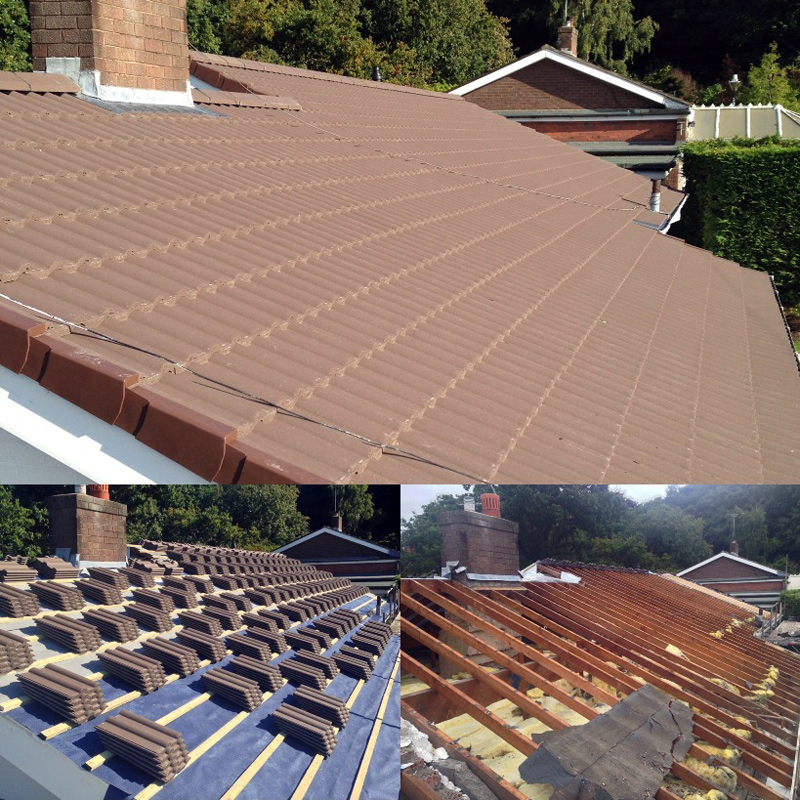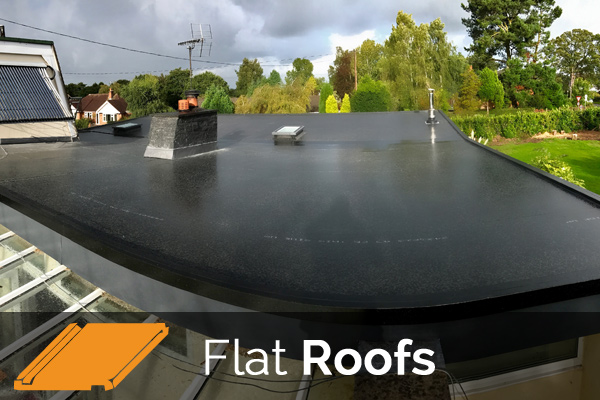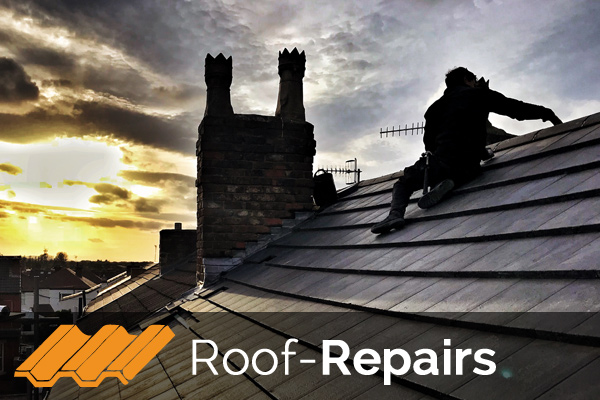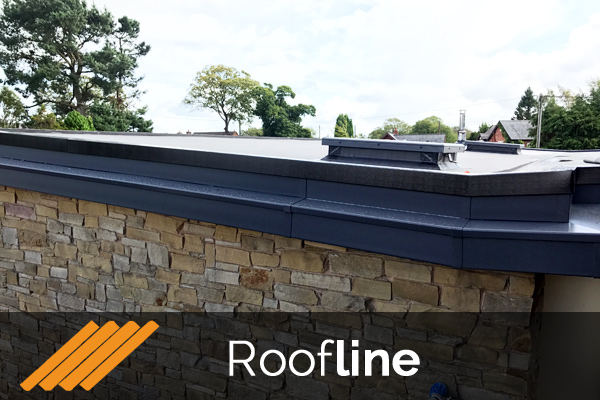Unfortunately even if it has been very well maintained a roof will require work on it eventually. AllMighty Roofing Chester specialise in all aspects of re-roofing.
There are many things to consider when deciding if you need a new roof but one of the main things to consider is that a new roof will add a lot of value to your home if you decide to sell. Not only will it make your house look more attractive it will more importantly shield you from all types of weather while you are living in it. It is a hard decision to make as many people do not like to spend money on things they don’t necessarily see when they are in their home. Most people will only notice their roof when it is leaking.
If you are planning to live in your home for a long time or considering selling, then a new roof is a very worthwhile investment. People will spend a small fortune repairing the same problems on their roofs year after year even though they will live in it for a long time this can soon add up to the price of a new roof! Of course not everyone has the money to splash out on a replacement roof but considering it an investment is an important factor.
A new roof will provide you with:
- Years of maintenance free worries
- Added value to your home
- Increased sale ability when selling your home
- Reduced risk of injury or damage caused by falling debris
- Increased thermal insulation
The key stages of a new roof are now shown below. Materials and the process may change from job to job but here you can get an idea of the general process.
- Installing a new roof will start with a proper assessment of the existing roof and deciding what materials will be used or re-used.
- Ordering new materials and having them delivered to the site along with a skip for disposing of all the waste material.
- Scaffolding be erected and can cost quite a fair bit of money depending on the complexity of the job. A standard terrace house would be much cheaper than a detached 4 sided house with 2 chimneys to scaffold round for example. If there are conservatories or a carport the scaffolding has to go over then this will also increase the cost of the job. Scaffolding is not only necessary for safety but the amount of working space and material storage needed when re roofing a house.
- The existing roof materials have to be carefully stripped and removed starting from the top of the roof with the ridge tiles. Slates and tiles are then passed down exposing the roof timbers and tile laths. By now the roof will pretty much look like a skeleton! The laths are removed so only the main structure of the roof is left and now is the time any rotten or split roof joists are replaced.
- The timbers are now covered with a layer of breathable felt which is layered from the bottom of the roof upwards. This allows any moisture or rain penetrated from a broken tile to run down the roof and into the gutter. It acts like a second shield. At this stage even though there are no tiles on the roof you can consider the roof watertight.
- Tile battens are fixed into place with galvanised nails at the correct gauge depending on the size and type of the tile. These create the ‘rows’ of tiles. It is important these are space correctly to give the proper overlap of each tile or slate.
- The roof tiles or slates are now fitted to the battens. Concrete tiles only need fixing and certain intervals where as slates that do not have hanging nibs need to be fixed with individual nails. Any tiles up against valleys or roof windows are cut to size.
- Any ‘first fix’ leadwork such as soakers or secret gutters are now fitted into place and covered over with the tiles.
- Any remaining leadwork such as flashings are now completed.
- Ridge and hip tiles are now fixed into place using a dry fix system to finally make your new roof 100% watertight!










